-
Clear breakdowns of essential Nursing 205 concepts
-
Practical clinical skills with detailed, hands-on guidance
-
Evidence-based practice aligned with 2025 curriculum
-
Exam prep tools including practice questions and case studies
-
Expert strategies to excel in coursework and assessments
-
Perfect for nursing students aiming for top performance
Preview
The nurse collects objective and subjective data when conducting patient assessments. Which
patient situations are examples of subjective data? Select all that apply.
A. A patient tells the nurse that she is feeling nauseous.
B. A patient’s ankles are swollen.
C. A patient tells the nurse that she is nervous about her test results.
D. A patient complains that the skin on her arms is tingling.
E. A patient rates his pain as a 7 on a scale of 1 to 10.
F. A patient vomits after eating supper. – -CORRECT ANS- -a, c, d, e.
Subjective data are information perceived only by the affected person; these data cannot be
perceived or verified by another person. Examples of subjective data are feeling nervous,
nauseated, tingling, and experiencing pain. Objective data are observable and measurable data
that can be seen, heard, or felt by someone other than the person experiencing them. Examples
of objective data are an elevated temperature reading (e.g., 101°F), edema, and vomiting.
When a nurse enters the patient’s room to begin a nursing history, the patient’s wife is there.
After introducing herself to the patient and his wife, what should the nurse do?
A. Thank the wife for being present.
B. Ask the wife if she wants to remain.
C. Ask the wife to leave.
D. Ask the patient if he would like the wife to stay. – -CORRECT ANS- -d.
The patient has the right to indicate whom he would like to be present for the nursing history
and exam. The nurse should neither presume that he wants his wife there nor that he does not
want her there. Similarly, the choice belongs to the patient, not the wife.
A nurse is performing an initial comprehensive assessment of a patient admitted to a longterm
care facility from home. The nurse begins the assessment by asking the patient, “How would
you describe your health status and well-being?” The nurse also asks the patient, “What do you
do to keep yourself healthy?” Which model for organizing data is this nurse following?
A. Maslow’s human needs
B. Gordon’s functional health patterns
C. Human response patterns
D. Body system model – -CORRECT ANS- -b.
Gordon’s functional health patterns begin with the patient’s perception of health and wellbeing
and progress to data about nutritional-metabolic patterns, elimination patterns, activity,
sleep/rest, self-perception, role relationship, sexuality, coping, and values/beliefs. Maslow’s
model is based on the human needs hierarchy. Human responses include exchanging,
communicating, relating, valuing, choosing, moving, perceiving, knowing, and feeling. The body
system model is based on the functioning of the major body systems.

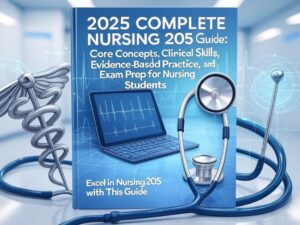


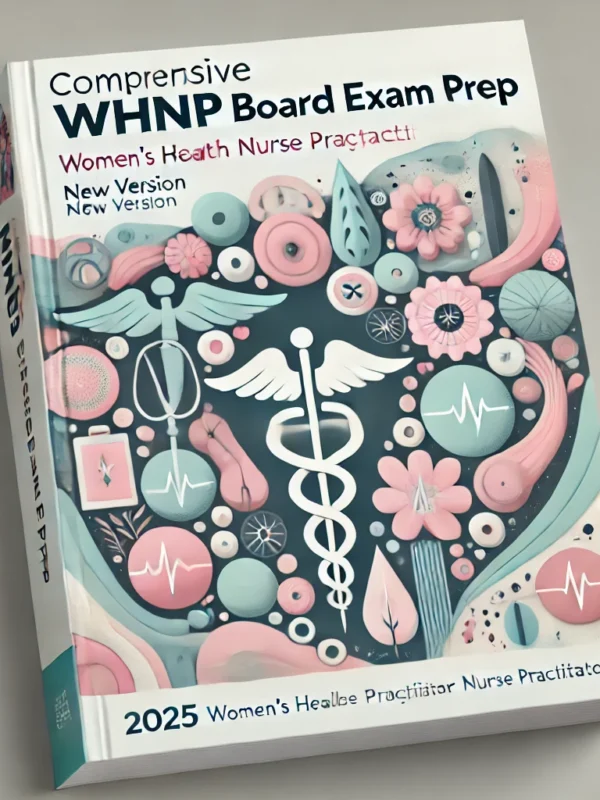

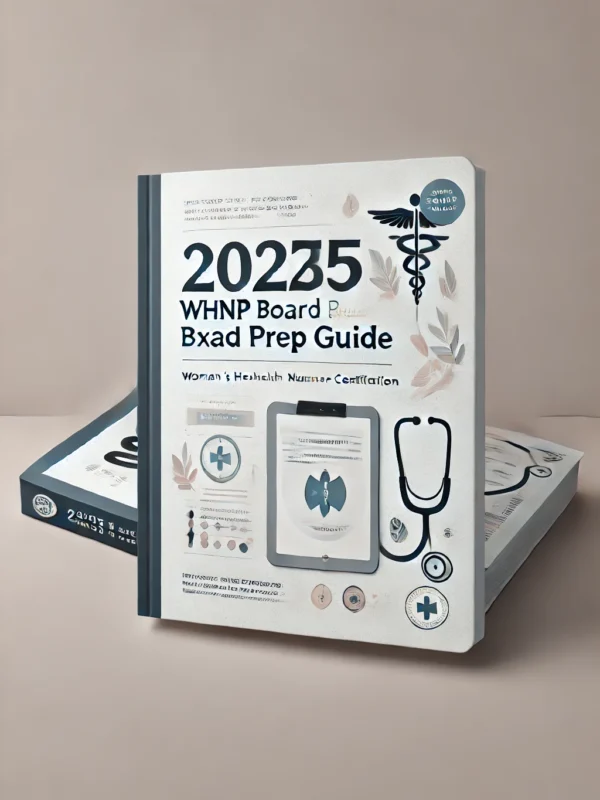

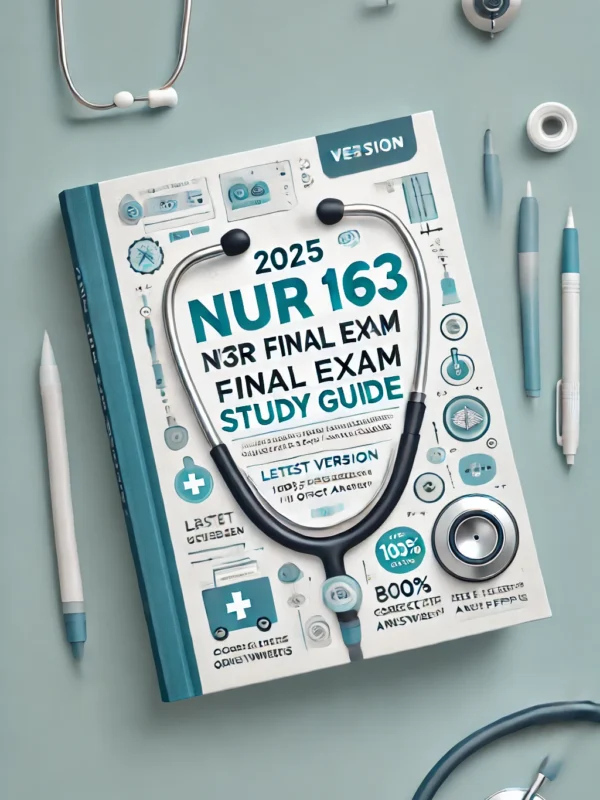
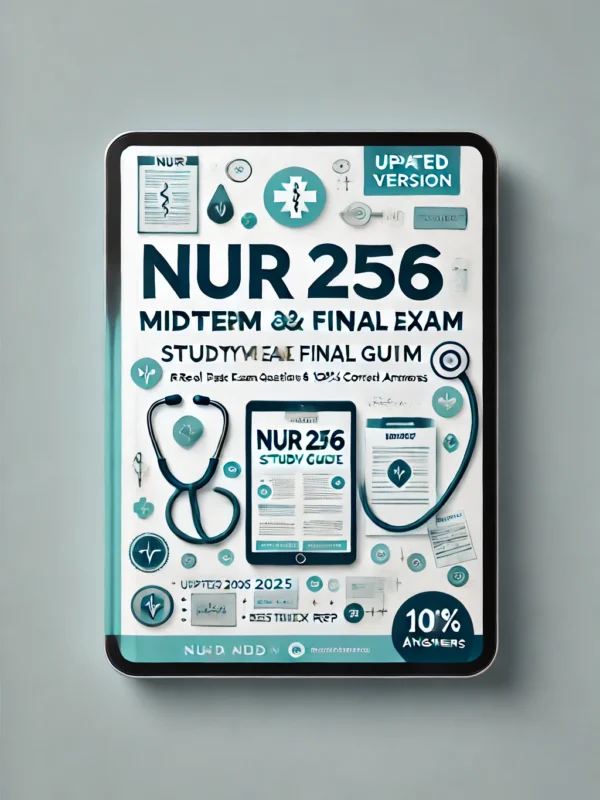
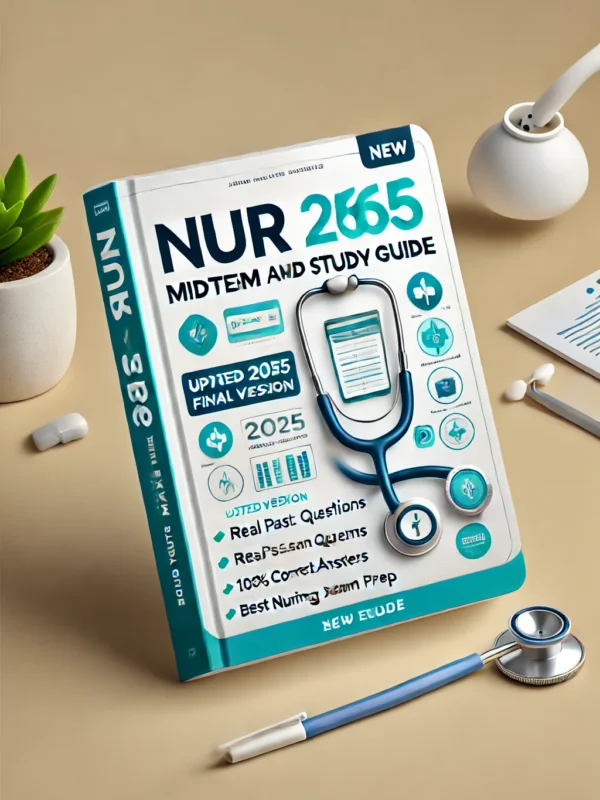
Reviews
There are no reviews yet.